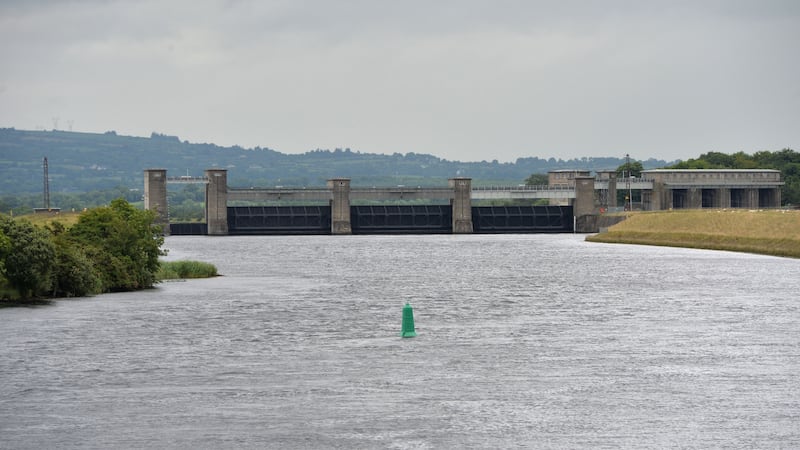Teresa Beattie stands at her front door with her granddaughter Sarah in her arms, surveying what looks like a wet battlefield.
“We were lucky last winter,” she says, recalling how in 2020 she and her husband, Edward (82), had to leave their home from February until a few days before Christmas because of flooding.
Their front path once ran down to a gate, which opened down steps on to a low road. A small stream alongside her home went under a bridge to the other side of the road and meandered through fields and a listed habitat on to a turlough called Lough Funshinagh, just west of Lough Ree in Co Roscommon.
But all of that is changed now. Rock and hardcore has been used to raise the level of the road by about 10ft. It is now higher than the top of the garden wall and gate in front of the Beatties’ home.
The farmland across the road has been covered by the lake, mature trees stand dead in the water and about a quarter of a small spruce forest facing the lake is withered and brown.
The turlough has, since 2016, stopped doing what turloughs are supposed to do: drain through fissures in the rock and provide capacity for winter rains.
According to the Geological Survey of Ireland, Lough Funshinagh has become “unlike other turloughs in Ireland” as it “does not get the opportunity to reset its flood pattern each year”.
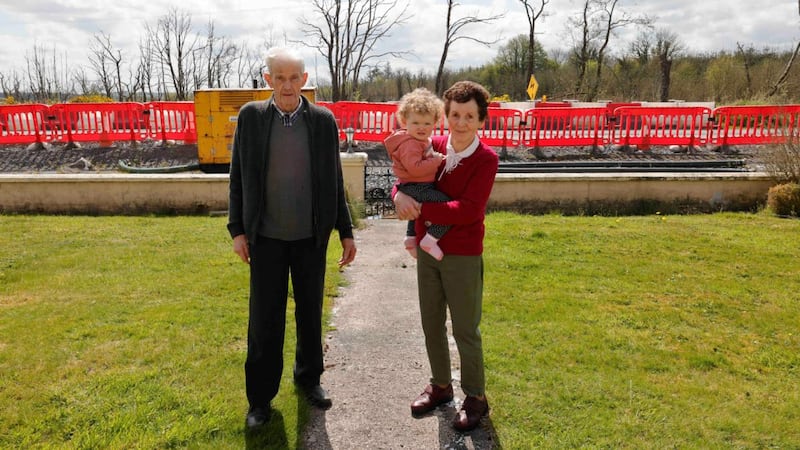
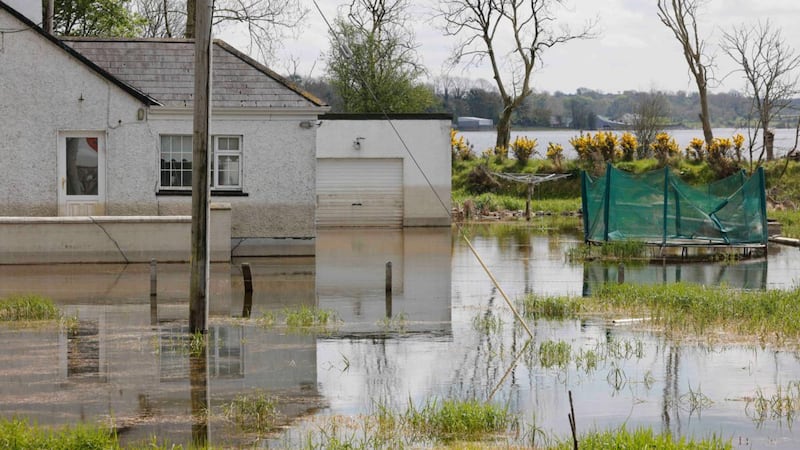
The Beatties’ neighbour and distant relative John Beattie explains the rising floodwaters from the lake were coming up the small stream, under the bridge and advancing on cattle sheds and septic tanks. To prevent an environmental disaster the council raised the road four times and the opening for the stream under the bridge was blocked.
While keeping the lake back, the council laid on a number of heavy-duty pumps to take stream water across the road into the lake.
At night the whole ensemble is lit by arc lights to prevent a car going down a bank from the elevated road. John Beattie says he listens and goes out to check on the pumps at night, as a sudden failure could spell disaster.
Previous disaster
Disaster has already struck for some. In 2016 a team of about 60 council workers and locals battled day and night to place 10,000 sandbags in front of the home of the O’Meara family.
A mound was built around the back garden, cutting off a corner of the lake, and submersible pumps were again used to return seepage to the lake. It saved the home and septic tank from flooding on that occasion, but the property was lost to a larger flood in 2018.
Across the lake the lower rooms of Tom Carney’s split-level bungalow were flooded when a southwesterly wind blew the water in. The council again raised the road to just higher than Carney’s garden wall, but he calculates that about 180 acres of commonage has been lost including “about 60 acres for me”.
One of those affected is local independent councillor Laurence Fallon, who says he has a history of working with the National Parks and Wildlife Service(NPWS) to protect the Lough Funshinagh Special Area of Conservation (SAC).
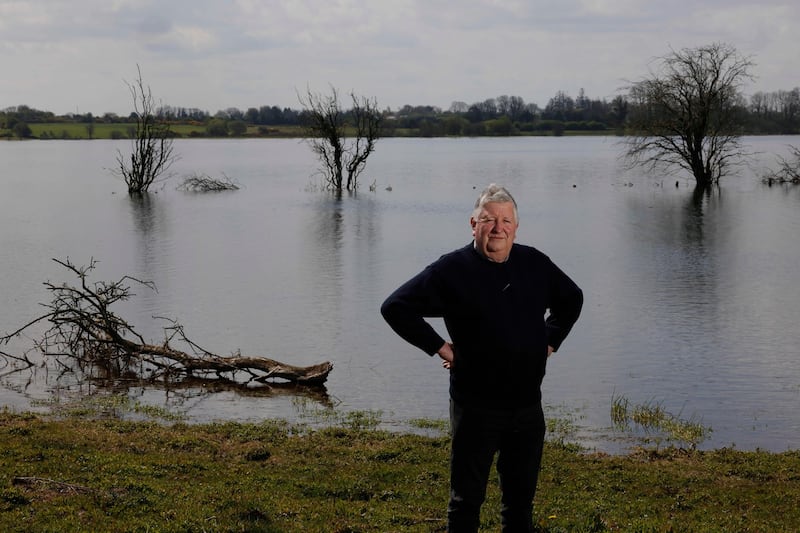
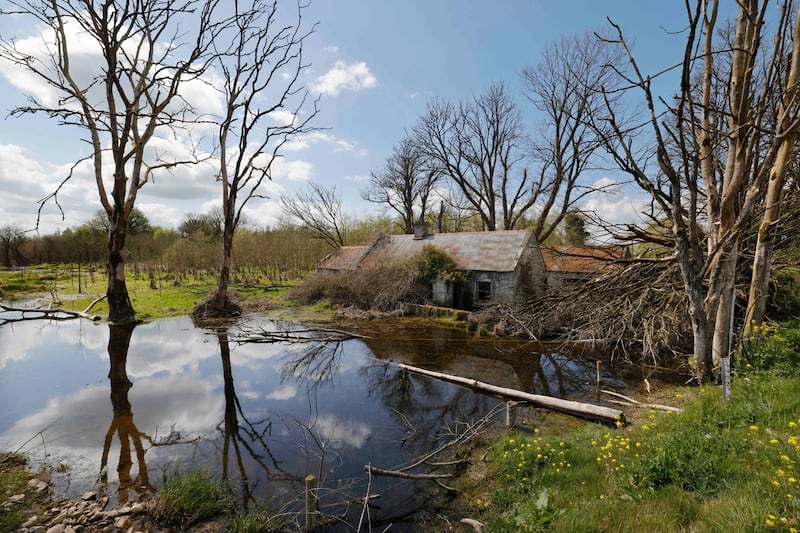
In the past, he and neighbours moved their cattle off the land between the high and low marks to protect the reed-bed habitat for whooper swans and migratory birds.
“But it is not even a habitat any more. The lake has gone from less than 600 acres to more than 1,300 acres. The swans do not come any more and habitats have been destroyed”.
Fallon says if one metre of excess water in the lake could be taken off overnight and pumped to Lough Ree, the volume would add just 44mm to its level. But, he adds, in any event the excess water could not be taken off overnight, it would take 60 days and the impact on Lough Ree would be negligible.
He says if the turlough continues to fail to drain naturally, the lake will keep rising. Should it rise another 14ft, it will start to flow overland towards Lough Ree.
Should that happen, the councillor says, the houses and farm land will be lost first, and the environmental pollution from cattle sheds and septic tanks will first poison Lough Funshinagh and then Lough Ree.







